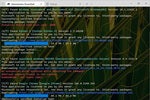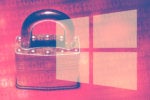From time to time, certain key elements in the Windows 10 user interface go dormant. You click on or touch the Start menu icon, or other icons in the taskbar, and nothing happens. Keep trying, and nothing keeps happening. This can be anywhere from frustrating to infuriating.
Thankfully, there’s an extremely easy fix for this sort of behavior, as I will soon explain.
No need to restart your PC, though that works, too
One ingrained response in many Windows users when the UI starts misbehaving is to restart their computer. And indeed, that will work to fix a nonresponsive Start menu or taskbar icons. But it takes time — at least a minute for most PC users — and can derail your productivity.
Because File Explorer handles processing for the Start menu and the taskbar, including its notification area, there’s a simpler, faster fix worth trying before you pull out the heavy artillery.
If you press the key combination Alt-Shift-Esc or right-click an empty area in the taskbar, you can launch the Task Manager utility quickly and easily. Figure 1 shows the right-click pop-up menu, from which you can select the Task Manager item (third from the bottom) to run that tool.
 IDG
IDG
Figure 1: Launch Task Manager quickly by choosing it from the taskbar’s right-click menu.
Use Task Manager to restart File Explorer
Once Task Manager is launched, look for an entry under the Apps heading on the Processes tab. File Explorer used to be called Windows Explorer, and that’s how it shows up in Task Manager.
(If you see no such item, no problem. Simply launch an instance of File Explorer. If you can’t do that from the taskbar, press the key combination Windows key-R. This will open the Windows run box, inside which you need type only explorer (or explorer.exe) to launch that app. It will then appear (as “Windows Explorer”) in Task Manager under Apps.)
To restore the Start menu and taskbar to normal operation, right-click Windows Explorer, as shown in Figure 2, and select the Restart entry (second from top).
 IDG
IDG
Figure 2: Click Restart to restore the Start menu and taskbar icons to normal behavior. (Click image to enlarge it.)
This operation can take as long as 30 seconds to complete on some PCs, but it’s still much faster than a full system reboot. Don’t be surprised when you see the taskbar go blank and all icons disappear. This is a normal side effect of restarting File Explorer. Before it can be restarted, it must first be stopped — and when it’s stopped, all those UI elements disappear temporarily. However disconcerting this may be, it won’t last long.
As soon as the File Explorer process restarts, it restores the Start menu and taskbar icons and the UI behaviors they support. In the vast majority of cases, that will fix whatever caused the Start menu or taskbar icons to stop responding to user inputs via mouse or touch — and you can get back to work.
And that’s all there is to it! Try it for yourself the next time you find yourself with unresponsive taskbar icons or an apparently frozen Start menu.







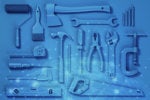



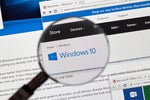
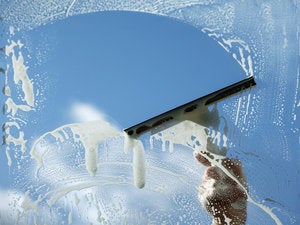





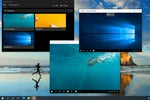
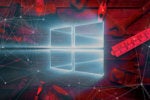
![laptop keyboard with a life preserver or personal floatation device [PFD]](https://images.idgesg.net/images/article/2018/02/rescue_diagnose_fix_patch_update_laptop_thinkstock_185931513-100749650-small.3x2.jpg?auto=webp&quality=85,70)

![A hand activates the software update button in a virtual interface. [ update / patch / fix ]](https://images.idgesg.net/images/article/2020/08/hand_activates_software_update_button_in_virtual_interface_development_update_patch_fix_by_ra2studio_gettyimages-1220938772_2400x1600-100854508-small.3x2.jpg?auto=webp&quality=85,70)




